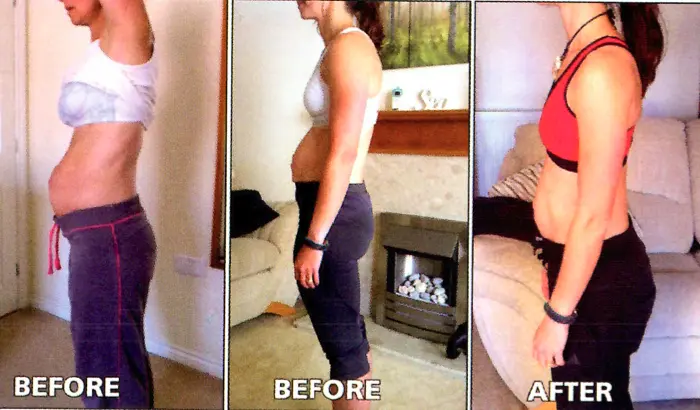Hypopressives
What Is Hypopressives?
Hypopressives was first developed and used in the 1980s by Dr Marcel Caufriez, a Physiotherapist, in Spain to treat pelvic floor disorders. Hypopressives has since been further developed and now encompasses whole body breathing and postural techniques that creates positive changes in posture, core and pelvic floor.
Who Can Benefit?
The nature of pressure means it will find the weakest spot to try to release. In most daily activities we are often exposed to increases in internal intra-abdominal pressure, but when this is excessive or unexpected (such as lifting, exercise, or coughing and sneezing) it can cause unwanted effects such as:
- stress incontinence;
- pelvic organ prolapses;
- hernias;
- herniated discs & back pain, and/or
- Prostate issues
Everybody can benefit from Hypopressives because the technique is all about retraining the core muscles to work as they were designed to. However, it can be particularly helpful to people who suffer from the symptoms listed above or those with:
- weak core;
- poor posture;
- sexual dysfunction, and/or
- breathing and respiratory issues.
This includes post-natal women, menopausal women, men over 50 years of age and athletes/regular exercisers.

How Does Hypopressives Differ From Traditional Techniques?
Most traditional exercise techniques are hyperpressive, which means that they increase internal pressure and rely on conscious muscle contraction; often such techniques cannot help.
Our core is designed to work at a subconscious level, so it can be effective throughout daily life, not just when you are exercising or thinking about it. It needs to spring into action if you have to suddenly run for a bus, or catch your child when they fall over or your pet when they are trying to escape! It needs to work without you thinking about it.
Hypopressive exercises decrease or reduce internal pressure, to the thoracic, abdominal, and pelvic areas of the body. These exercises re-program the core muscles, which are vital to managing pressure both consciously and subconsciously, and they increase their resting tone and involuntary function ie the core, including the pelvic floor, starts to work again as it was designed to – without you having to think about it.